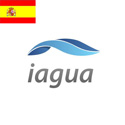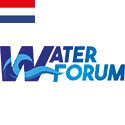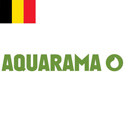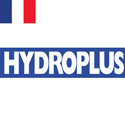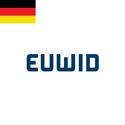Poland urged to align bathing water quality with EU rules

-
 Editorial Team
Editorial Team
Share article:
Poland has not met EU rules regarding the identification and designation of bathing water. The authorities fail to comply with monitoring obligations as set in the Bathing Water Directive. As a result of insufficient information, the public is inadequately informed about polluted bathing water that may pose a risk to human health. Consequently, the European Commission decided to send a reasoned opinion to Poland on 16 December.
The reasoned opinion followed a letter of formal notice that was sent to the Member State in October 2020. Despite this initial warning, the shortcomings remain insufficiently addressed. The Polish government now has two months to respond and take the necessary measures. Otherwise, the European Commission may decide to refer the case to the Court of Justice of the European Union.
Data on bathing waters
Data on bathing waters in Europe published in 2023 by the European Environment Agency show that the quality of nearly 55% of Polands 739 bathing waters is excellent. However, the proportion of non classified bathing waters remains significantly high with 23,4%. The public should be able to find all information about the quality of bathing waters in Poland on the national website Serwis Kąpieliskowy. The Bathing Water Directive lays down rules for monitoring and classification of bathing waters based on at least two bacterial parameters. In addition, Member States must inform the public about bathing water quality and beach management, through the bathing water profiles.

Non classified waters increased since 2018
The data published by the European Environment Agency show that the amount of non classified waters increased since 2018. After the first letter from the European Commission in 2020 the monitoring and information about bathing waters improved slightly, but not sufficiently.

The proportion of non classified coastal bathing waters increased since 2018. Data published by EEA.

The proportion of non classified inland bathing waters increased since 2018. Data published by EEA.










